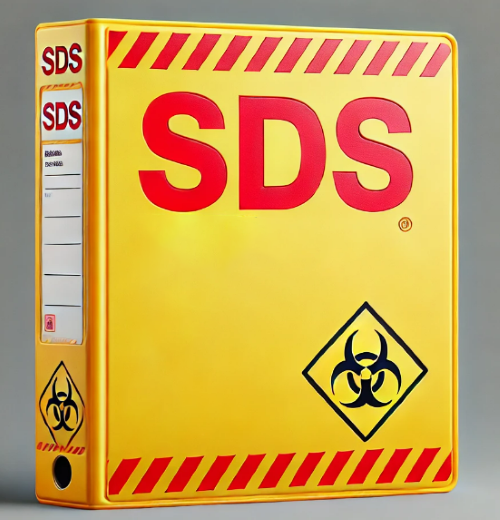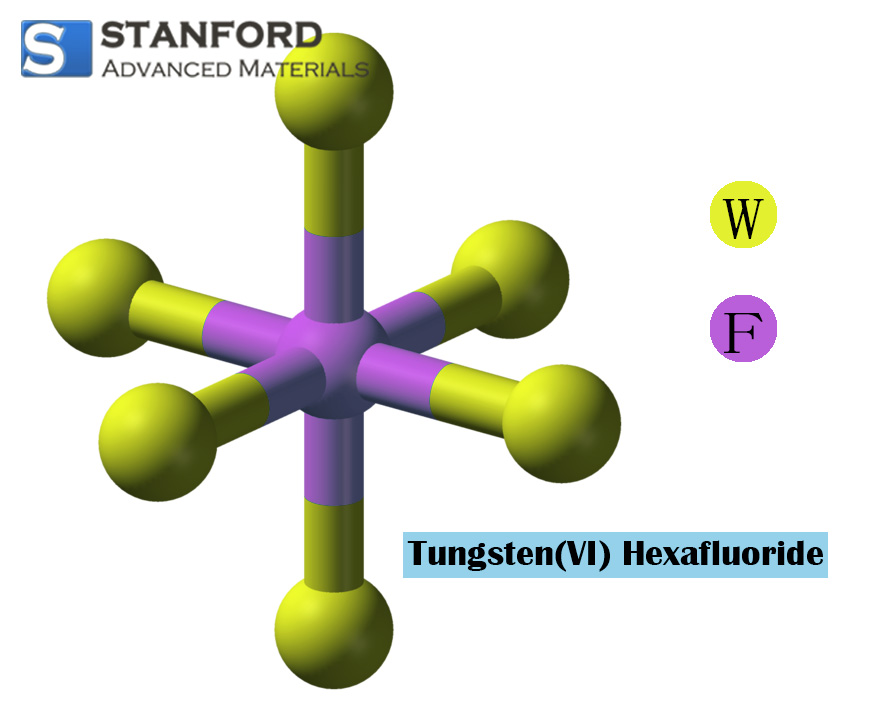MSDS of Cobalt Metal
SECTION 1 - CHEMICAL PRODUCT AND COMPANY IDENTIFICATION
Product Name: Cobalt Metal
Item Code: ME27
Supplier Details: Stanford Advanced Materials
23661 Birtcher Dr., Lake Forest, CA 92630 U.S.A.
Tel.: (949) 407-8904
Fax: (949) 812-6690
Email: sales@SAMaterials.com
SECTION 2 - COMPOSITION, INFORMATION ON INGREDIENTS
CAS No.: 7440-48-4
Chemical Name: COBALT
EINECS No.: 231-158-0
Hazard Symbols: XN
Risk Phrases: 42/43
SECTION 3 - HAZARDS IDENTIFICATION
EMERGENCY OVERVIEW: May cause sensitization by inhalation and skin contact.
Potential Health Effects
Eye: Causes eye irritation. May cause conjunctivitis.
Skin: Prolonged and/or repeated contact may cause irritation and/or dermatitis. May cause skin sensitization, an allergic reaction, which becomes evident upon re-exposure to this material.
Ingestion: May cause gastrointestinal irritation with nausea, vomiting, and diarrhea. May cause allergic reactions.
Inhalation: Causes respiratory tract irritation. May cause asthmatic attacks due to allergic sensitization of the respiratory tract. May cause asthma and shortness of breath.
Chronic: Repeated exposure may cause sensitization dermatitis. Repeated exposure may cause allergic respiratory reactions (asthma). Chronic inhalation of dust may lead to restricted pulmonary function and interstitial fibrosis.
SECTION 4 - FIRST AID MEASURES
Eyes: Immediately flush eyes with plenty of water for at least 15 minutes, occasionally lifting the upper and lower eyelids. Get medical aid.
Skin: Get medical aid. Flush skin with plenty of soap and water for at least 15 minutes while removing contaminated clothing and shoes.
Ingestion: If the victim is conscious and alert, give 2-4 cupfuls of milk or water. Never give anything by mouth to an unconscious person. Get medical aid.
Inhalation: Remove from exposure to fresh air immediately. Get medical aid if a cough or other symptoms appear.
SECTION 5 - FIRE FIGHTING MEASURES
General Information: As in any fire, wear a self-contained breathing apparatus in pressure demand, MSHA/NIOSH (approved or equivalent), and full protective gear. Dusts at sufficient concentrations can form explosive mixtures with air. Material can spontaneously ignite (pyrophoric) when exposed to air at normal or slightly elevated temperatures. Flammable solid.
Extinguishing Media: Use dry sand or earth to smother the fire. DO NOT USE WATER!
SECTION 6 - ACCIDENTAL RELEASE MEASURES
General Information: Use proper personal protective equipment as indicated in Section 8.
Spills/Leaks: Vacuum or sweep up material and place it into a suitable disposal container. Avoid generating dusty conditions.
SECTION 7 - HANDLING AND STORAGE
Handling: Use with adequate ventilation. Minimize dust generation and accumulation. Avoid contact with skin and eyes. Keep the container tightly closed. Avoid ingestion and inhalation.
Storage: Keep away from sources of ignition. Keep from contact with oxidizing materials. Store in a cool, dry, well-ventilated area away from incompatible substances.
SECTION 8 - EXPOSURE CONTROLS, PERSONAL PROTECTION
Engineering Controls: Use adequate general or local exhaust ventilation to keep airborne concentrations below the permissible exposure limits. Personal Protective Equipment
Eyes: Wear appropriate protective eyeglasses or chemical safety goggles as described by OSHA's eye and face protection regulations in 29 CFR 1910.133 or European Standard EN166.
Skin: Wear appropriate gloves to prevent skin exposure.
Clothing: Wear appropriate protective clothing to prevent skin exposure.
Respirators: Follow the OSHA respirator regulations found in 29 CFR 1910.134 or European Standard EN 149. Always use a NIOSH or European Standard EN 149-approved respirator when necessary.
SECTION 9 - PHYSICAL AND CHEMICAL PROPERTIES
Physical State: Solid
Appearance: Silver gray or bluish-white or black
Odor: None reported
pH: Not available.
Vapor Pressure: Not applicable.
Vapor Density: Not applicable.
Evaporation Rate: Not available.
Viscosity: Not applicable.
Boiling Point: 5198 deg F
Freezing/Melting Point: 2723 deg F
Autoignition Temperature: Not applicable.
Flash Point: Not applicable.
Explosion Limits, lower: Not available.
Explosion Limits, upper: Not available.
Decomposition Temperature: Not available.
Solubility: Insoluble in water.
Specific Gravity/Density: 8.92
Molecular Formula: Co
Molecular Weight: 58.9332
SECTION 10 - STABILITY AND REACTIVITY
Chemical Stability: Stable under normal temperatures and pressures.
Conditions to Avoid: Incompatible materials, ignition sources, dust generation, strong acids, oxidizers.
Incompatibilities with Other Materials: Pyrophoric cobalt decomposes acetylene in the cold and the metal becomes incandescent. Fused ammonium nitrate can react explosively with powdered cobalt. Pyrophoric cobalt, a black powder, burns brilliantly when exposed to air.
Hazardous Decomposition Products: Oxides of cobalt.
Hazardous Polymerization: This has not been reported.
SECTION 11 - TOXICOLOGICAL INFORMATION
Epidemiology: Based on epidemiological studies, pre-existing pulmonary disorders may be aggravated by prolonged exposure to high concentrations of metal dust or fumes. Pre-existing skin conditions including dermatitis might be aggravated by exposure to this product.
Local effects: May cause irritation through mechanical abrasion.
Dermal compatibility: Not available.
Mucous membrane compatibility: Not available.
Further information: Welding or plasma and cutting of metal and alloys can generate ozone, nitric oxides, and ultraviolet radiation. Ozone overexposure may result in mucous membrane irritation or pulmonary discomfort. UV radiation can cause skin erythema and welders flash.
SECTION 12 - ECOLOGICAL INFORMATION
Ecotoxicity: No data
Persistence and Degradability: No data
Bioaccumulative Potential: No data
Mobility in Soil: No data
Other Adverse Effects: No further relevant information is available.
SECTION 13 - DISPOSAL CONSIDERATIONS
Dispose of in a manner consistent with federal, state, and local regulations.
SECTION 14 - TRANSPORT INFORMATION
DOT/ADR/IATA/IMDG Regulations: Not regulated
UN Number: Not available.
UN Proper Shipping Name: Not available.
Transport Hazard Class: Not available.
Packing Group: Not available.
Marine Pollutant: No
Special Precautions: Not available.
SECTION 15 - REGULATORY INFORMATION
TSCA Listed: All components are listed.
Regulation (EC) No 1272/2008 (CLP): N/A
Canada WHMIS Classification (CPR, SOR/88-66): N/A
HMIS Ratings: Health: 1 Flammability: 0 Physical: 0
NFPA Ratings: Health: 1 Flammability: 0 Reactivity: 0
Chemical Safety Assessment: A chemical safety assessment has not been carried out.



